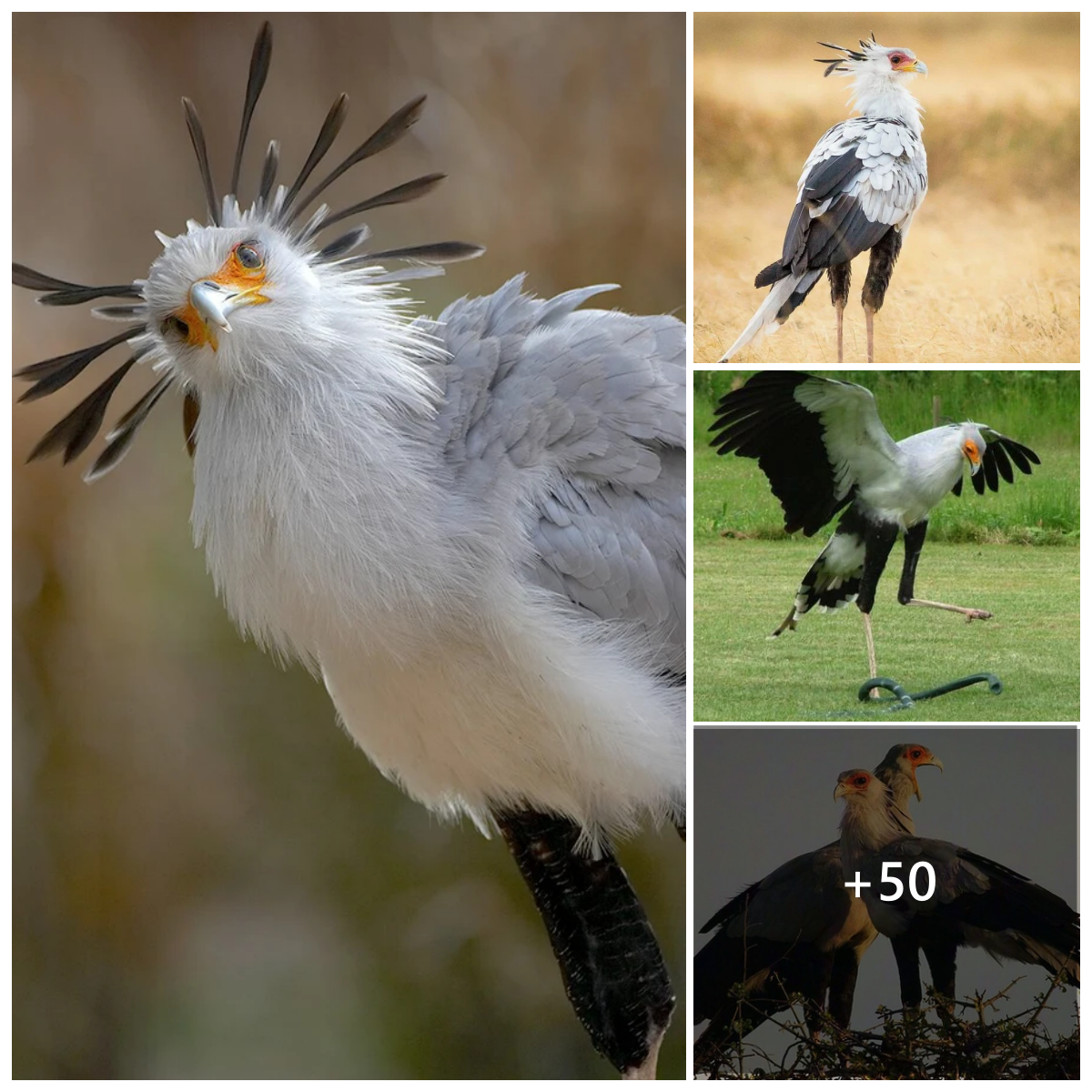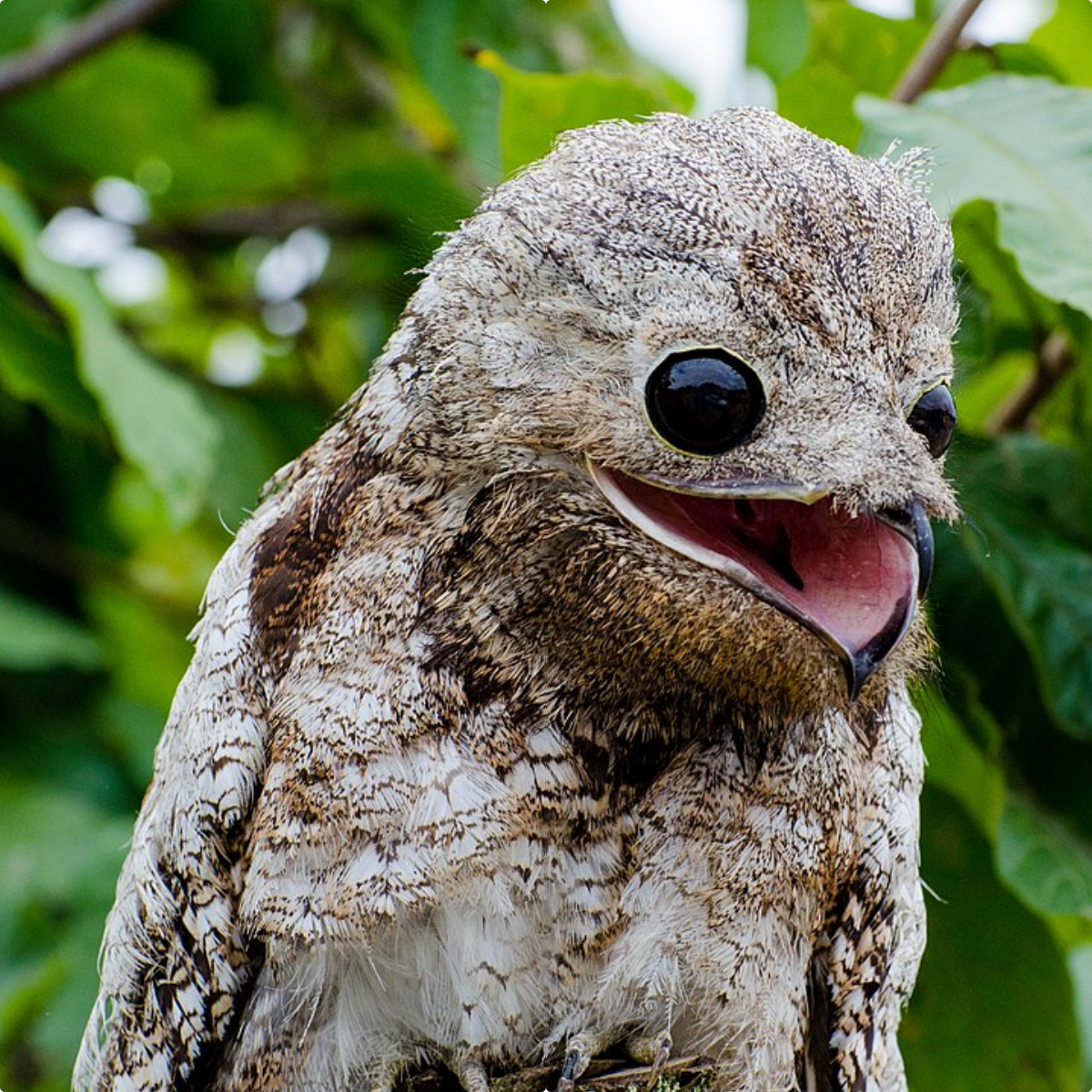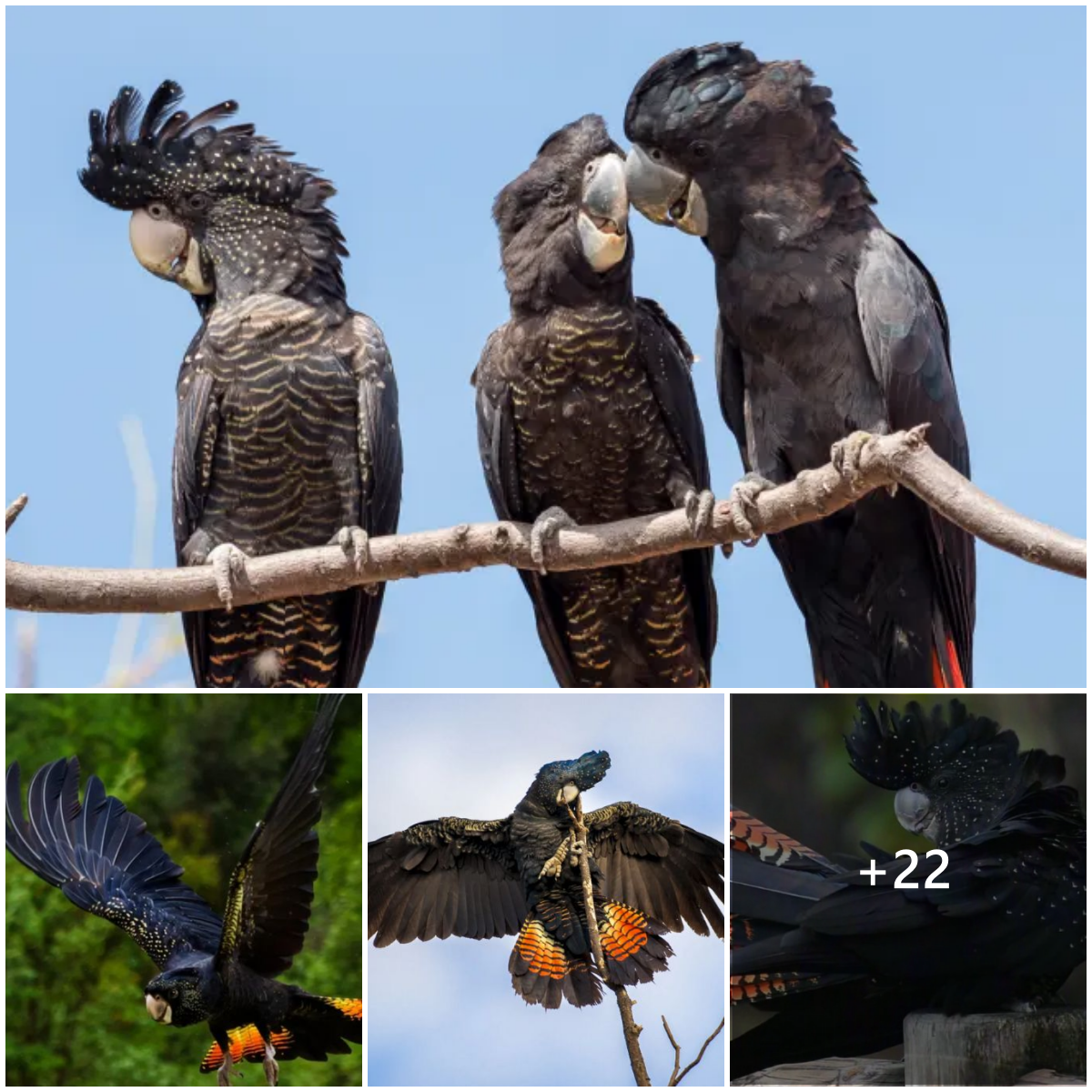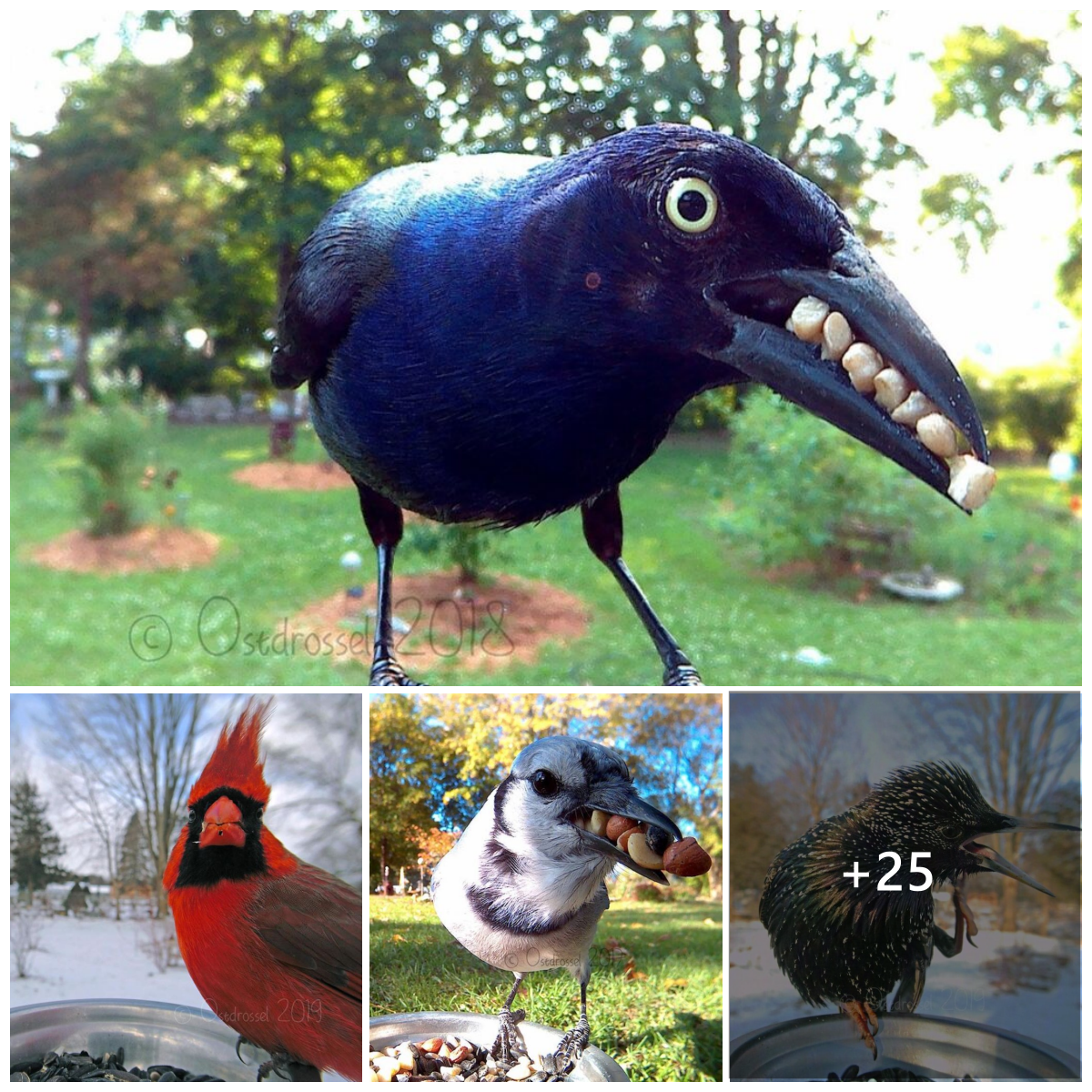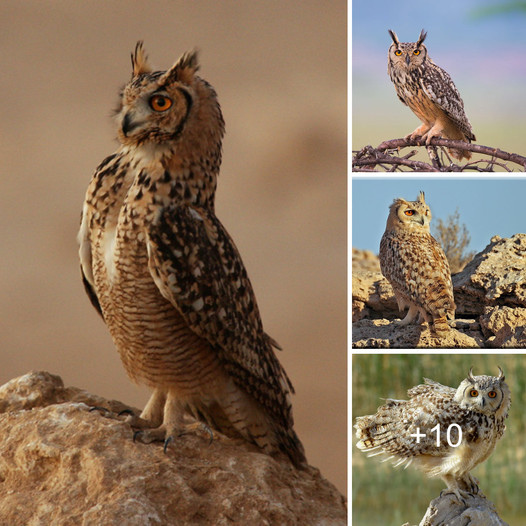The woodpecker’s ability to protect its head may help engineers build safer cars
The birds’ skulls act like helmets, absorbing the shock of impact.

In a head-banging contest between you and a woodpecker, the woodpecker would definitely win. This is because of the woodpecker’s amazing ability to withstand tremendous blows to the head—brought on by their high-speed pecking—without suffering brain damage.

It’s an ability that has fascinated scientists for decades, and the interest isn’t just academic.

If humans could replicate the woodpecker’s impressive anti-shock mechanism, we could vastly improve the safety features in vehicles like cars or airplanes, which can be deadly in the case of a collision.

Scientists have long been aware that woodpeckers have different skulls than other birds, but until now, they’ve had a poor understanding of how the woodpecker’s anatomy actually protects its brain.

New research puts us one step closer to unlocking the secret. Researchers from Dalian University of Technology in China used computer tomography (CT) scans of a real-life woodpecker to construct a detailed, digital model of its body.

Then they used software to simulate the bird’s pecking—a process that can force the woodpecker’s head to endure up to 1500 g-force units. For comparison’s sake, a passenger on a typical roller coaster will only experience about 5 g’s.
The study, published this month in Science China: Technological Sciences, shows that the key to the woodpecker’s survival lies in how it converts the energy it absorbs. When a woodpecker strikes a tree, the impact energy—energy that is released during a collision—is converted to strain energy in the body.

Too much strain in the head can be catastrophic, but the woodpecker’s incredible anatomy—including a specialized beak and skull—redirects most of the strain into the rest of the body, instead of the head.

In fact, 99.7 percent of the strain energy is converted in the woodpecker’s body, and only 0.3 percent is converted in the head. This small amount of strain is quickly dissipated from the head in the form of heat.

This process protects the brain from damage, but causes temperatures inside the skull to rise quickly, meaning woodpeckers have to take frequent breaks while they’re pecking. In this way, the woodpecker’s whole body is involved in the fight to protect its brain from damage.
Understanding this energy dissipation technique could be big for engineers, particularly those who work with transportation. Greater understanding of one of the world’s most collision-resistant animals could help humans build better safety features in the future.

So the next time a woodpecker wakes you with its banging, remember that it could one day save your life.
